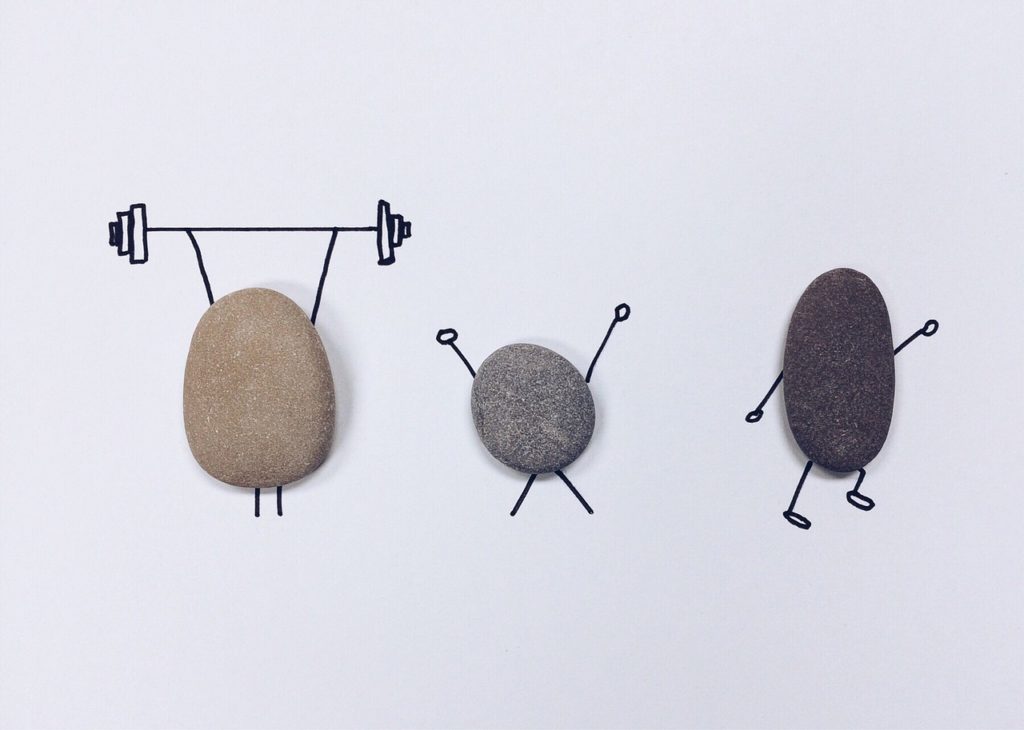Three Tips For Creating a Resume That People Want To Read
If you don’t want your resume to end up in the toss pile, make sure you create a clear, picture of the essential skills and experience you can bring to the employer with whom you are interviewing. These three simple tips will help you create a resume people actually want to read, rather than being confused or uninspired. This approach should lead to more job interviews and offers. Connect to a specific job ad, revise ambiguous detail, and make it look/feel consistent throughout. Read on for more about these three tips.
Reference a specific job ad
If you find a specific job at a particular company (not just posting resume to online job boards), make sure you work from the actual job advertisement. If you don’t have an actual ad and you’re instead posting your resume to a website like Indeed, Dice, or CareerBuilder, find a job ad that matches what you want to do to attract the most interest.
By referencing specific job advertisement language, you pick up on the desired qualifications and terminology for the position and industry. For example, I’ve noticed that job ads for eLearning developers use the term “authored courses in [software application].” In the past, I said I’d written course material and designed eLearning courses, but I never used the word “authored.” I do now because it’s what the hiring managers in my field look for.
To help you tailor your resume to the specific job ad language, print out a copy of the ad so it’s handy to reference. Create a document and add a table to list a particular term, such as “detail oriented.” Follow it with descriptive language that shows how you are detail oriented and what projects confirm your skills and experience. Depending on your level of experience, you can base details on projects you completed in a related course in school/internship, experience you gained on the job, or another activity that clearly demonstrates your experience with the skill or task.
The more specific and detailed you can be, and the more your skills and experience match the exact words they’re looking for, the more you will stand out. People want to read a resume that actually makes sense and applies to the job. Plus, computers often read your resume first, so if your language doesn’t match the search terms, you go to the NO pile.
Revise ambiguous details
You don’t want recruiters or hiring managers to read a sentence, and then scratch their heads wondering what it meant. If you can get their creative juices flowing so they are excited to you ask you more detailed questions about your work, that’s good. But questioning what your job title might have been, what your accomplishments were, or even how your sentence flows together? Not good. People don’t want to read resumes that make no sense, or that sound like you’re making stuff up to seem like you have their required qualifications.
Use design elements consistently
Be consistent with punctuation. If you start using periods after bullet points, use periods at the end of all bullet points. If you use the Oxford comma to separate items in one list, use it in the rest of the lists. If your name is in Arial 22-point bold font on one page, make sure it’s in Arial 22-point bold font on the rest of the pages.
Although many employers and recruiters may not notice these errors, the ones who do may find you lazy for not proofreading, or irritated that you didn’t or follow your own design structure. The design consistency is especially important if you’re applying for a job and claim to be an expert in writing and/or designing.
So there you have it folks. Tailor your resume to a specific job ad, revise ambiguous details to make them easy to understand, and use your design elements consistently. All three of these tips will help your resume stand out so that people actually want to read it.
What tips have you used to create a great resume? Which elements have gotten you the most interviews?

